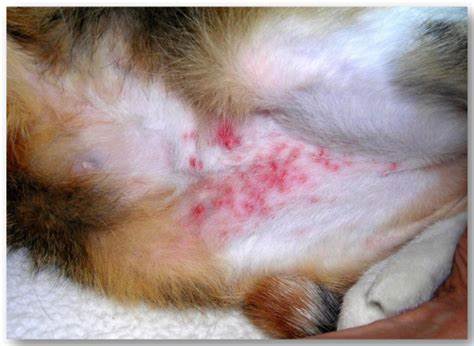
An Overview of a Common Cat Health Condition: Flea Allergy Dermatitis
Fleas can be a significant problem regardless of whether a cat is raised indoors or outdoors. Flea allergy dermatitis is one of the many health risks you should watch out for if you have a frisky pet at home. This condition can affect feline fur babies of all ages.
Although young kittens stay indoors until they are twelve weeks old and have completed the first course of vaccinations, they can still be susceptible to fleas from living in the house. Fleas can make baby cats itchy and transmit disease to their siblings and other pets at home.
In severe cases, flea attacks can cause blood loss and other illnesses. Flea combing and regular bathing can help kill adult fleas, but these techniques are not sufficient to prevent new fleas from jumping on the cats. Contact your vet should you spot a flea on your furry little one’s coat.
At the same time, consider being prepared with pet insurance so that non-routine vet visits for reasons like this and many others need not be financially overwhelming. Consider the best pet insurance so your furry baby is covered for accidents, allergies, specific illnesses, dental conditions, and much more.
Contemplate purchasing a policy to take the undue financial stress off your shoulders during distressing health situations and medical emergencies. In the meantime, read this article to learn more about a medical condition – Flea allergy dermatitis, resulting from flea attacks.
Flea allergy dermatitis
A cat can develop this allergy when bitten by a flea. Although some cats experience only minor irritation, others may exhibit severe reactions when they have fleas. While some cats show unpleasant reactions with just one bite, others can scratch themselves to the point of developing skin infections.
The reason for the adverse reactions is the antigens present in a cat’s saliva. Fleas are blood-sucking parasites that dig into a feline’s skin for nutrition. While they do this, they are likely to inject saliva into the furball’s skin, leading to itchiness and much discomfort.
A munchkin with flea allergy dermatitis can develop itching that can last for a few days to weeks and more, and know that one flea is enough to trigger the allergy. This is precisely why you should keep an eye out for signs that can point to a dermal infection due to flea infestation.
Symptoms
Look for the following signs –
- Chronic itching
- Scratching, licking, biting, and chewing at the site of flea bites.
- Fur loss, typically around the head, neck, and tail base
- Open skin sores
- Tiny scabs on the skin, typically around the head and neck.
- Secondary bacterial skin infections.
Examine the kitty cat’s rump and tail front to get clues about a dermal infection due to fleas. You can also expect the cat to lick and chew its legs due to irritation.
Treatments
Taking preventive measures can help but should you notice adverse reactions scoop up your cat to the vet immediately. With many over-the-counter medications available to treat fleas, choosing one that is right for your pet can be pretty confusing.
It is advisable to meet your vet for effective treatments and measures to get rid of fleas and flea eggs in your home. Also, consider being equipped with pet insurance, so unexpected vet bills are more manageable. If you haven’t purchased a policy already, contemplate buying the best pet insurance, so your frisky feline’s health is comprehensively covered.



